Learn why and how to put an iPhone or iPad in Recovery Mode with step-by-step instructions for all models, including the latest iPhone 16 and the M4 iPad Pro.
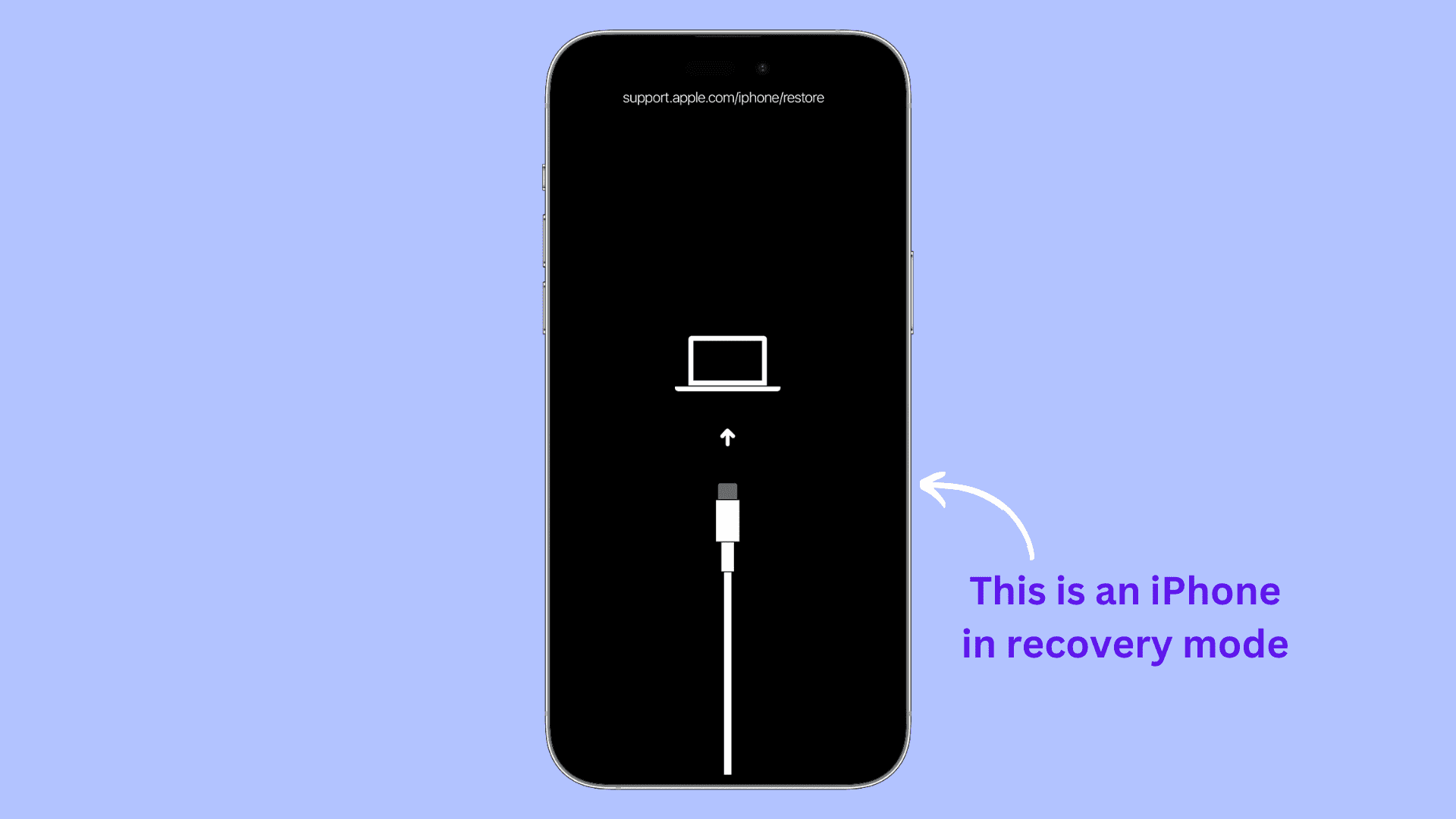
What is Recovery Mode?
Whether you’re having problems with your device or perhaps would like to start anew, Recovery Mode can be a helpful solution. It’s a feature built into iOS for device troubleshooting that lets you reinstall the operating system, fix issues with the device, update the device, or restore it to its original factory settings.
Why use Recovery Mode
Restarting your iPhone or iPad or performing a force restart can fix many minor issues. In case of significant issues, however, you might need to put your device in Recovery Mode to be able to update or restore its software. Here are some examples of major issues that require Recovery Mode:
- The device is stuck on the Apple logo and doesn’t boot back up.
- The device is unresponsive, and you can’t force restart it with the physical buttons.
- Your iPhone or iPad is stuck in a reboot loop, where it endlessly restarts.
- You have forgotten your iPhone passcode.
- macOS Finder, the Apple Devices app, or iTunes can’t recognize the device plugged into your Mac or PC.
- macOS Finder, the Apple Devices app, or iTunes keeps throwing errors when you attempt to update or erase an iOS device.
- You are in the middle of a restore session when the progress bar stops and doesn’t move for a long period of time.
- You see a “Connect to Mac/computer/iTunes” screen on your iOS device.
Do you lose data in Recovery Mode?
It depends on what you do after entering Recovery Mode. If you choose to update the software, all your settings and data will be intact. But if you don’t see the option to update or updating doesn’t fix the problem, your only option is to restore your iPhone or iPad, which will erase all data and settings.
What you need
In addition to your iPhone or iPad, you’ll also need the following:
- A Mac or Windows PC updated to the latest version
- A Lightning or USB-C cable
- An Internet connection on your Mac or PC
How to put your iPhone or iPad in recovery mode
Step 1: Open the Finder on your Mac or the Apple Devices app/iTunes if you’re on a Windows PC. If the app was already open, quit and re-launch it.
Step 2: Connect your iPhone or iPad to the computer with a USB cable.
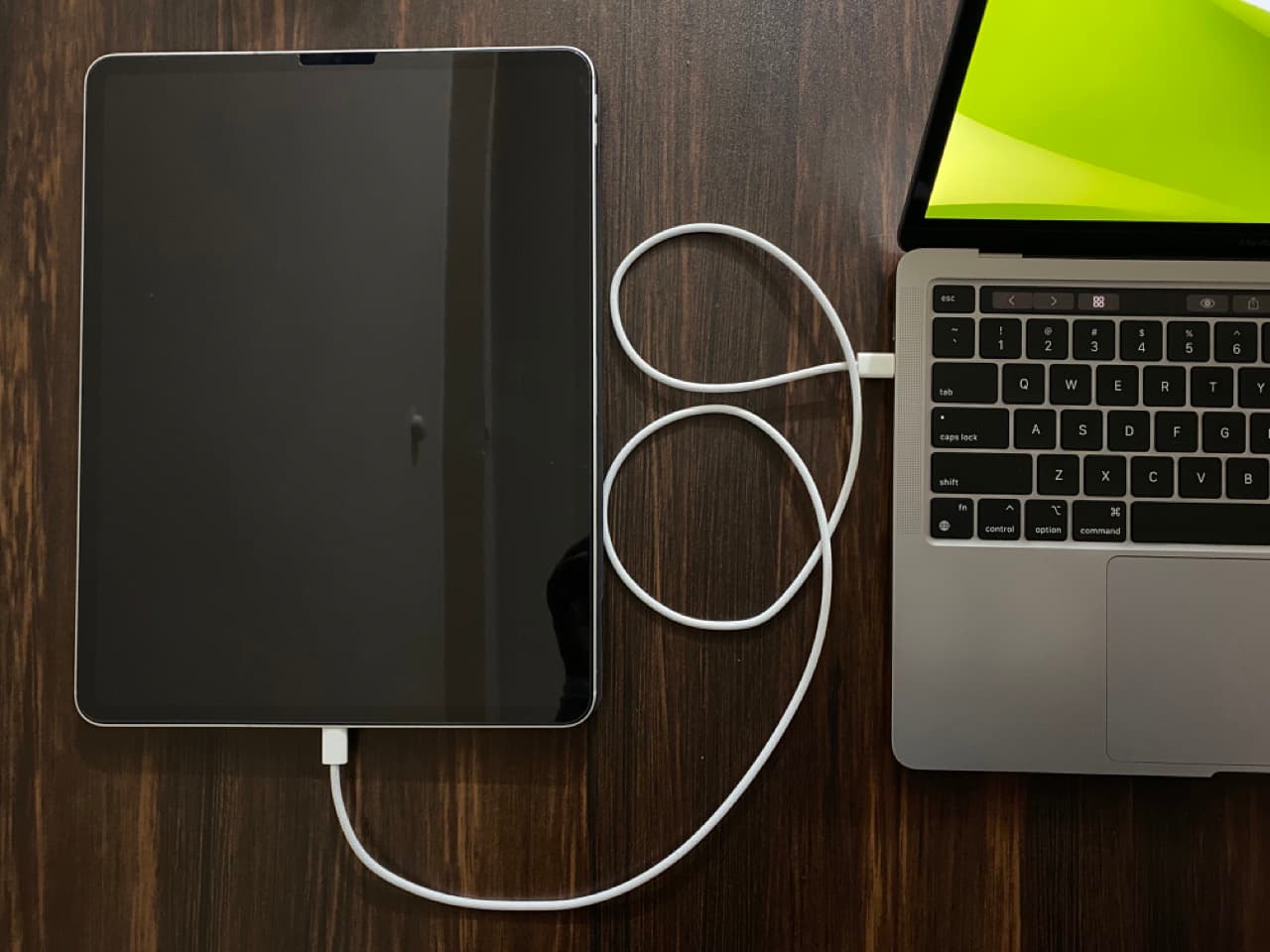
Step 3: To put your iPhone or iPad in Recovery Mode, follow the steps below for your specific model.
Important: When pressing and holding the required button combinations, your iPhone will display the power off slider. Don’t stop holding the buttons because you’ll see the Apple logo after that. Continue to keep the buttons pressed until your iPhone displays a cable pointing toward a computer, indicating it’s in Recovery Mode.
To put newer iPhone models in Recovery Mode:
This includes all iPhone 16, iPhone 15, iPhone 14, iPhone 13, iPhone 12, iPhone 11, iPhone Xs, iPhone XR, iPhone X, iPhone 8, and iPhone SE (2nd generation) models.
Both steps 1 and 2 should be performed in quick succession:
- Press the volume up button and release it quickly.
- Press the volume down button and release it quickly.
- Press and hold the Power button and keep pressing it until you see the Recovery Mode screen on your iPhone.

To put iPhone 7, 7 Plus, and iPod touch (7th gen) in recovery mode:
- Simultaneously press and hold the Power button and the volume down button.
- Keep holding the buttons until you see the Recovery Mode screen.
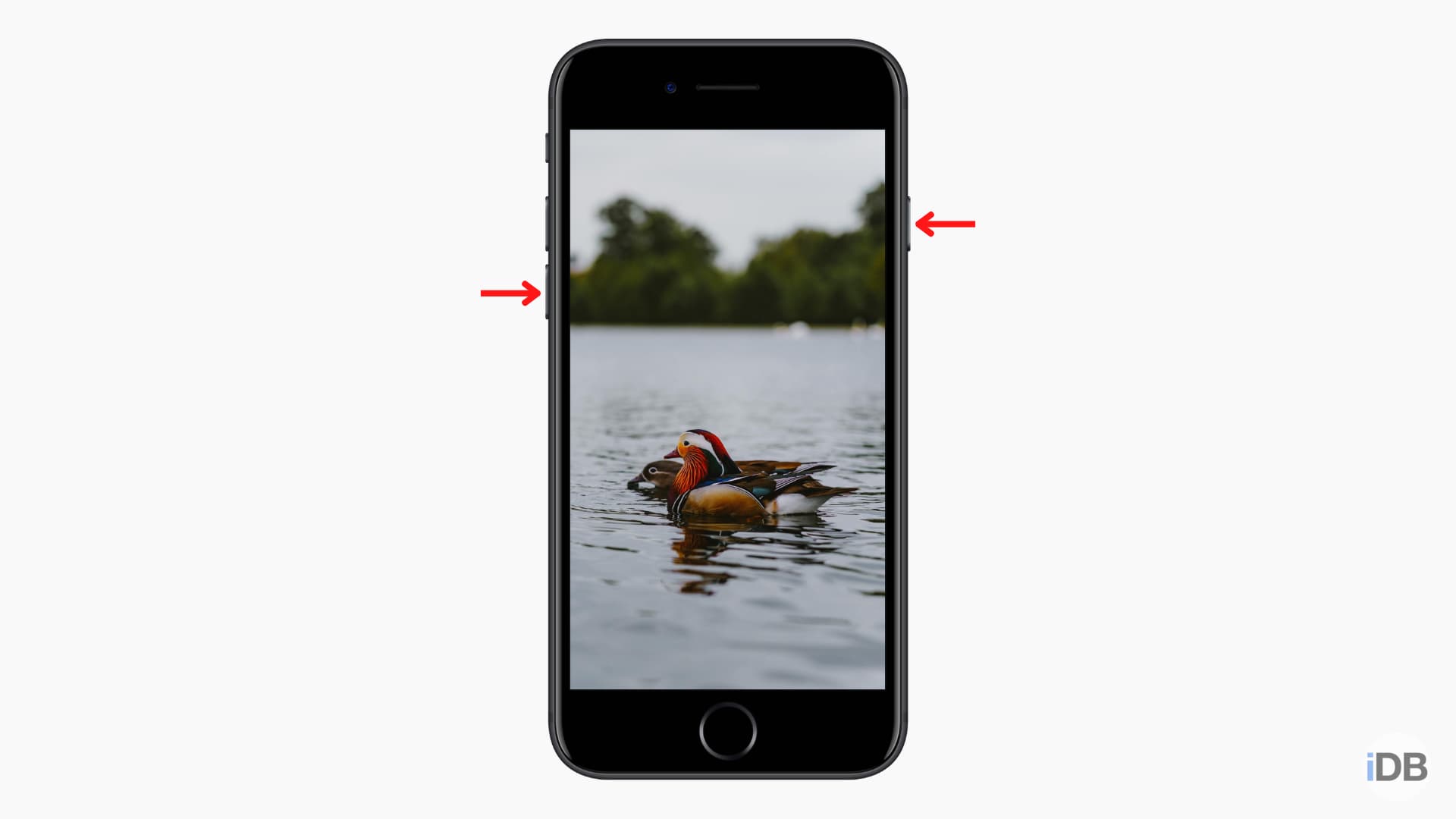
To put your older iPhone or iPad in Recovery Mode:
The following steps apply to older iPhone and iPod touch models such as the iPhone 6s, iPhone SE (1st gen), iPhone 6, iPod touch (6th gen), and older.
- Press and hold the front circular Home button and the Power button together.
- Keep holding the buttons until you see the Recovery Mode screen.

- Press the volume button nearest to the top Power button and release it quickly.
- Press the volume button farthest from the top Power button and release it quickly.
- Press and hold the Power button until you see the recovery mode screen on your iPad.
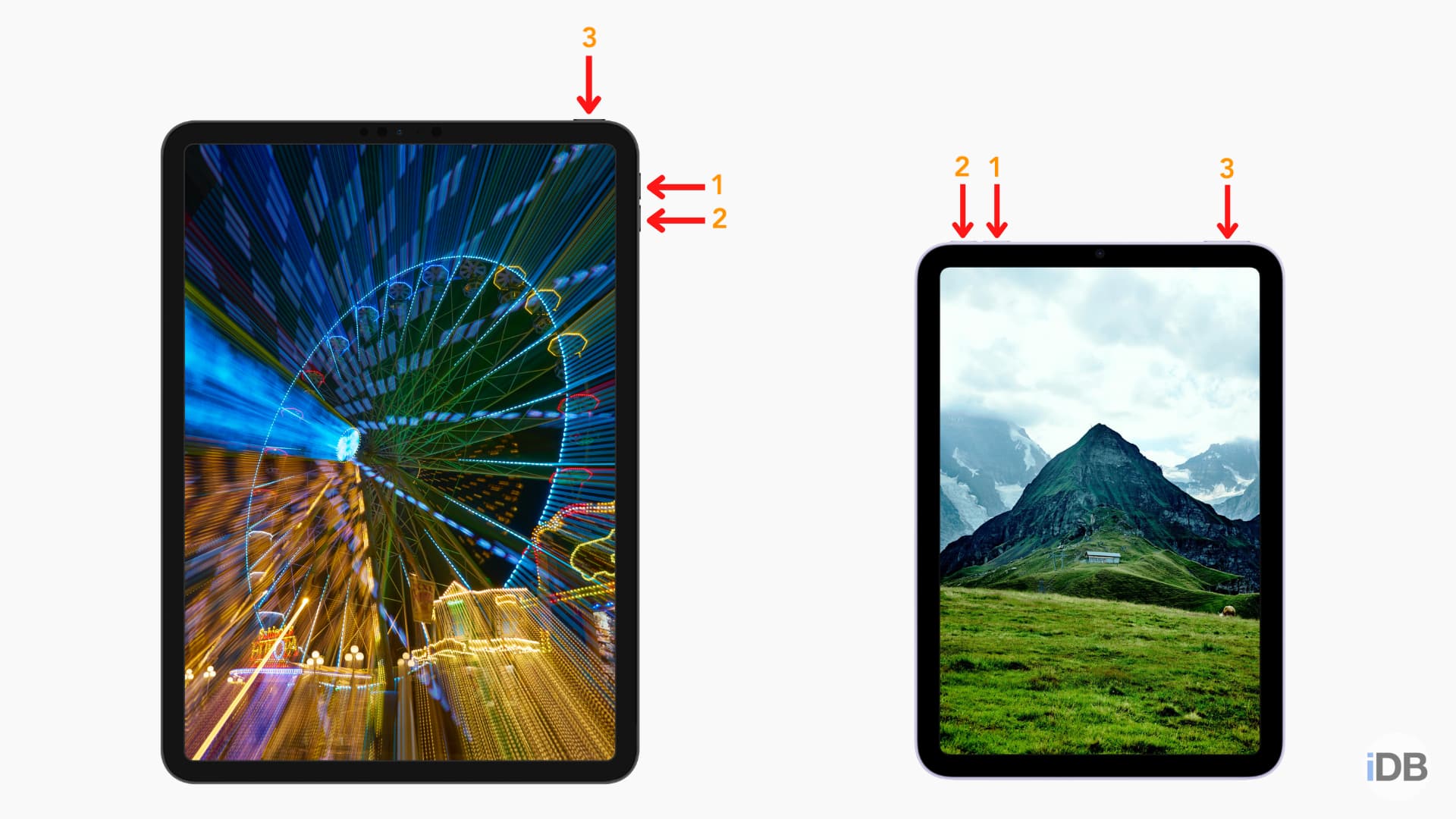
- Press and hold the Home button and the Power button together.
- Keep pressing them until you see the Recovery Mode screen.
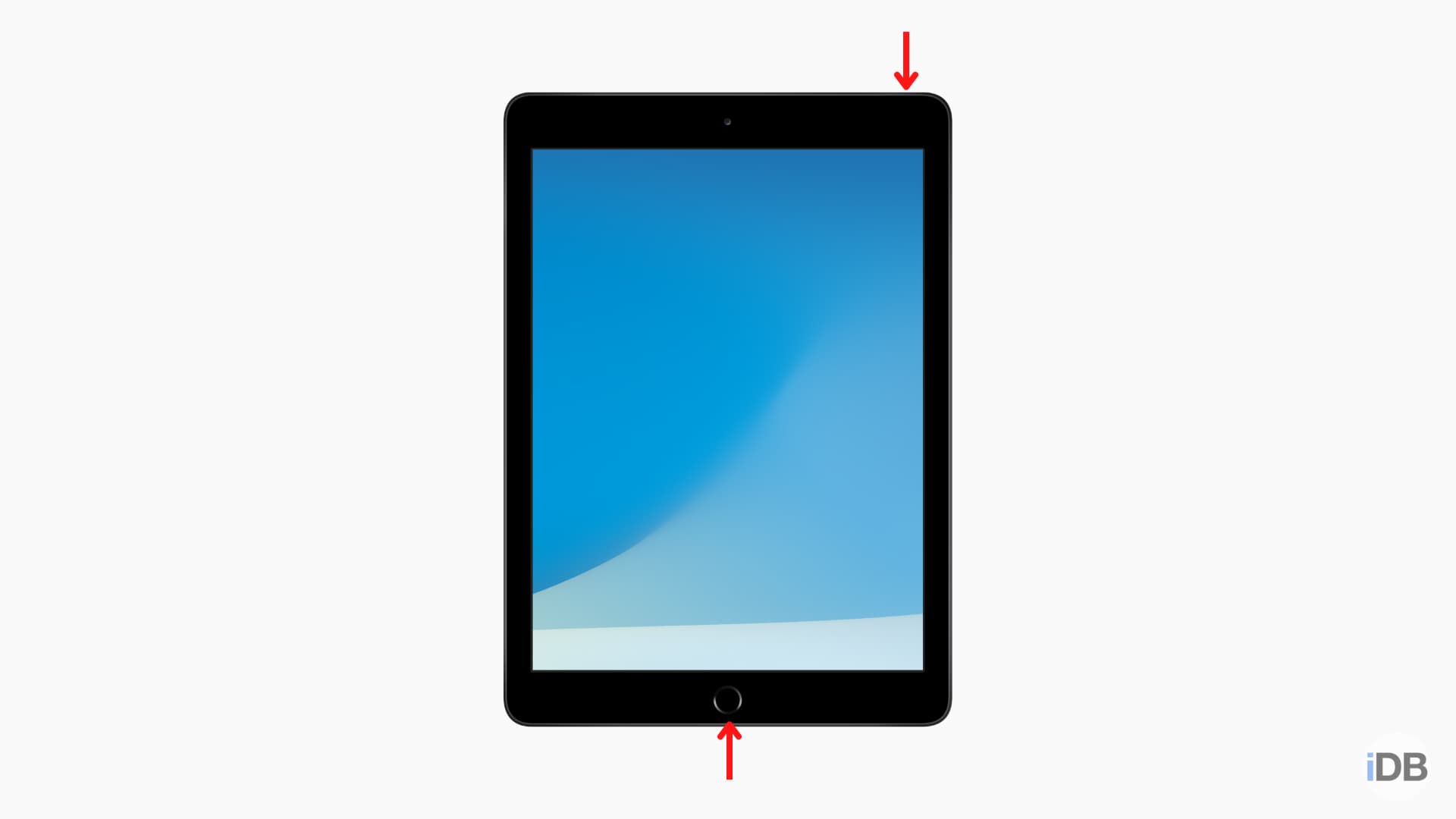
Step 4: If you’re on a Mac, select your iPhone or iPad in the Finder by selecting it in the sidebar under Locations.
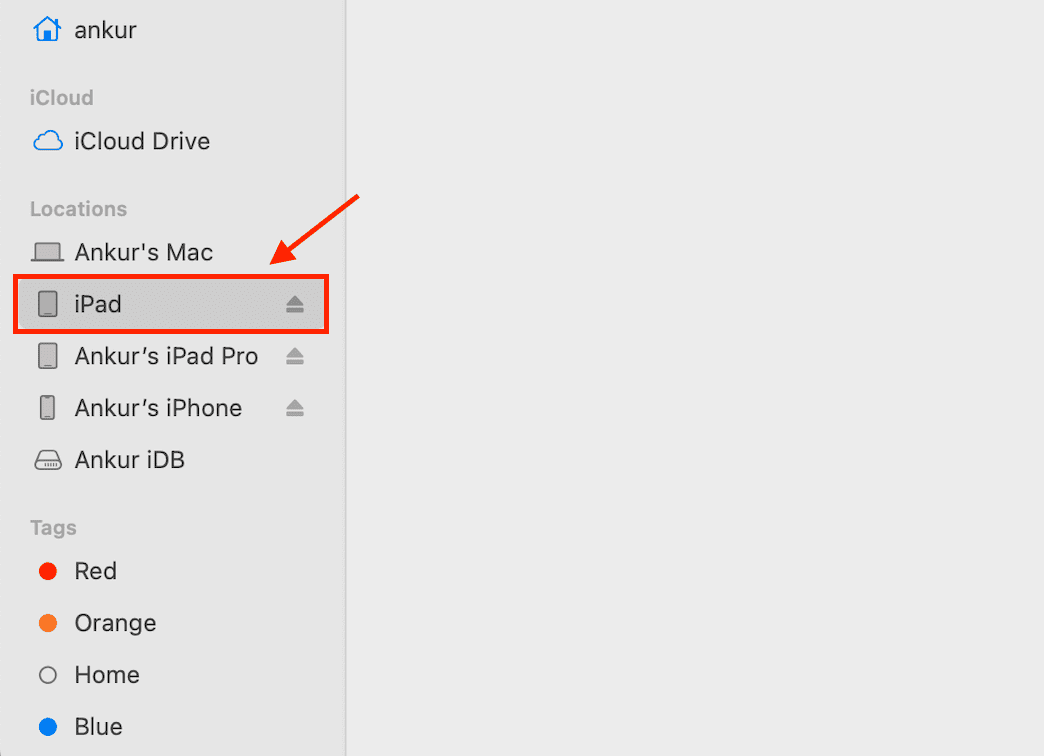
If using the Apple Devices app on your Windows PC, select your iPhone, iPad, or iPod in the Devices section of the sidebar.
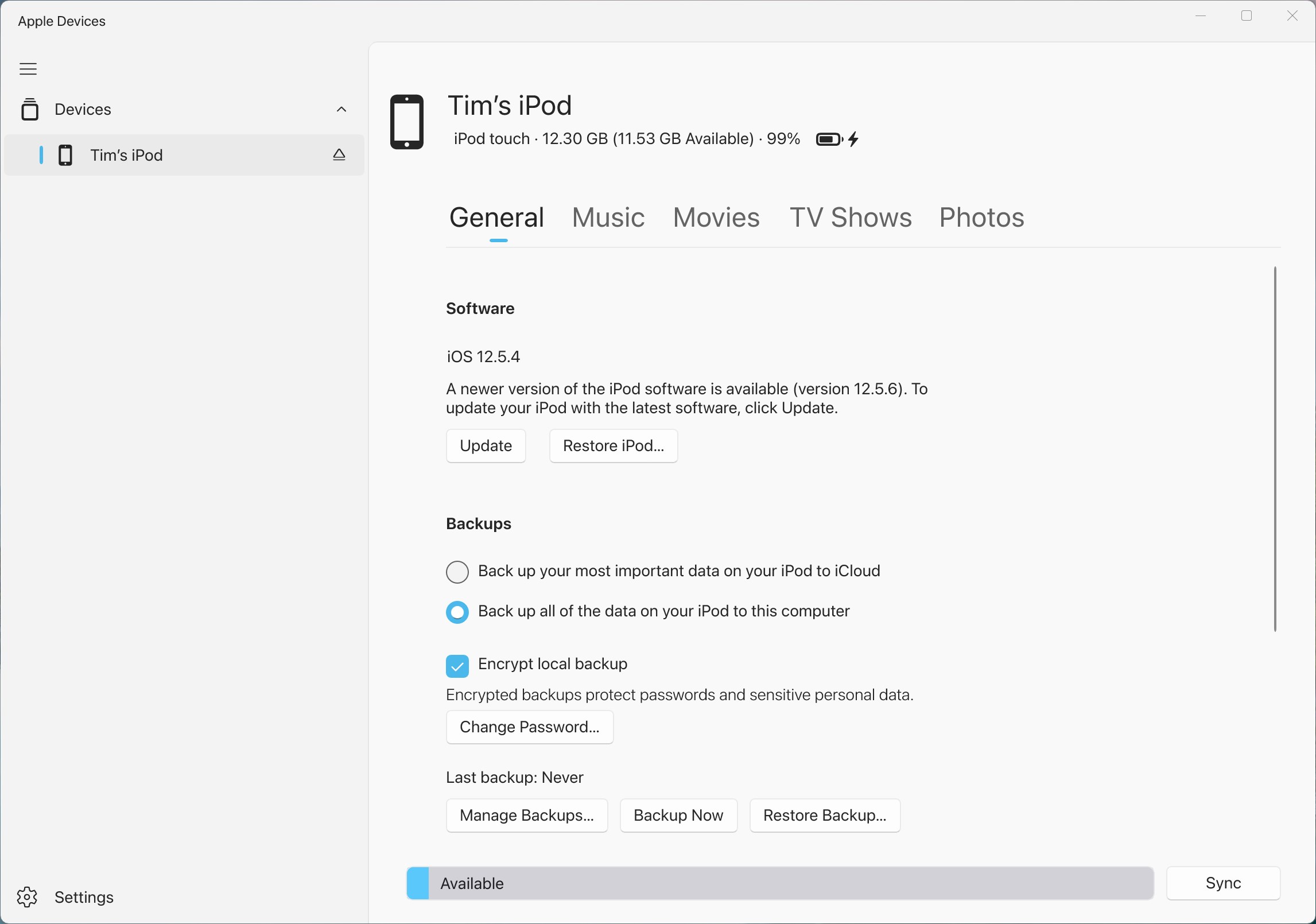
Folks using an old version of iTunes on a Windows PC should click the tiny iPhone or iPad logo at the top of the screen.
Step 5: You may see a prompt saying, “Allow accessory to connect? Do you want to connect Apple Mobile Device (Recovery Mode) to this Mac?” Click Allow.
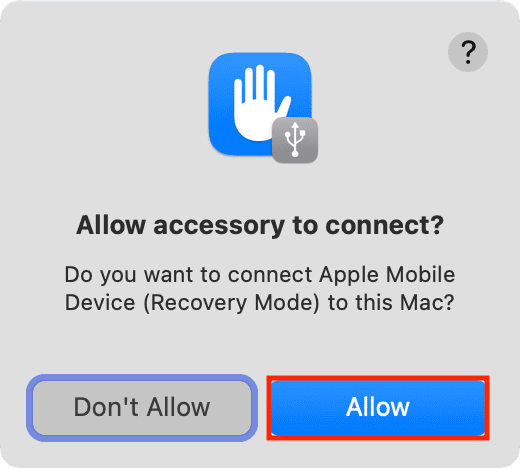
Step 6: Next, you’ll see a prompt in the Finder or the Apple Devices app/iTunes saying, “There is a problem with the iPhone [or iPad] “iPhone” that requires it to be updated or restored.”
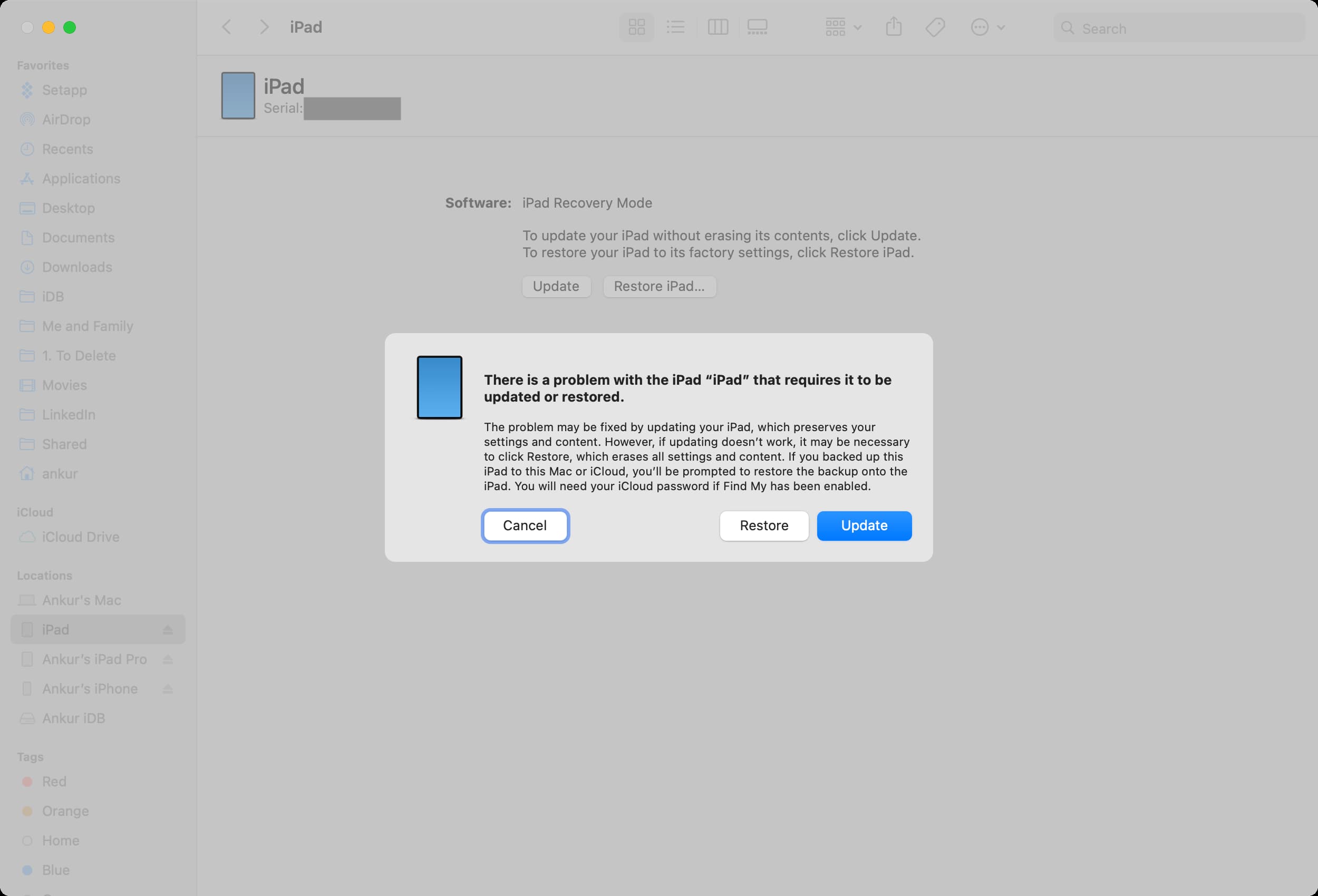
Updating: Click Update and follow along to install the latest software version that should fix the problem without erasing any data or settings. Once completed, all your apps, text message history, documents, email accounts, settings, etc., will be intact.
Restoring: If you don’t see the option to update or updating doesn’t fix the problem, choose Restore, which will delete everything on your iPhone or iPad.
With that done, you’ll need to set up your device again. You can also restore your device from a computer backup or iCloud backup file. IF you don’t have a backup, simply log in using your Apple Account during the iOS setup process to download essential iCloud data like contacts, calendar events, photos, reminders, etc.
Note: If it takes more than 15 minutes to download the software while restoring or updating, your iPhone or iPad will automatically come out of Recovery Mode. If that happens to you, let your computer finish downloading the file before putting your device back in Recovery Mode.
Exit recovery mode midway
To exit Recovery Mode, press and hold the Power button on your iPhone or iPad until the Recovery Mode screen disappears, then let go when the Apple logo appears. Your device will boot up normally.
Check out next: